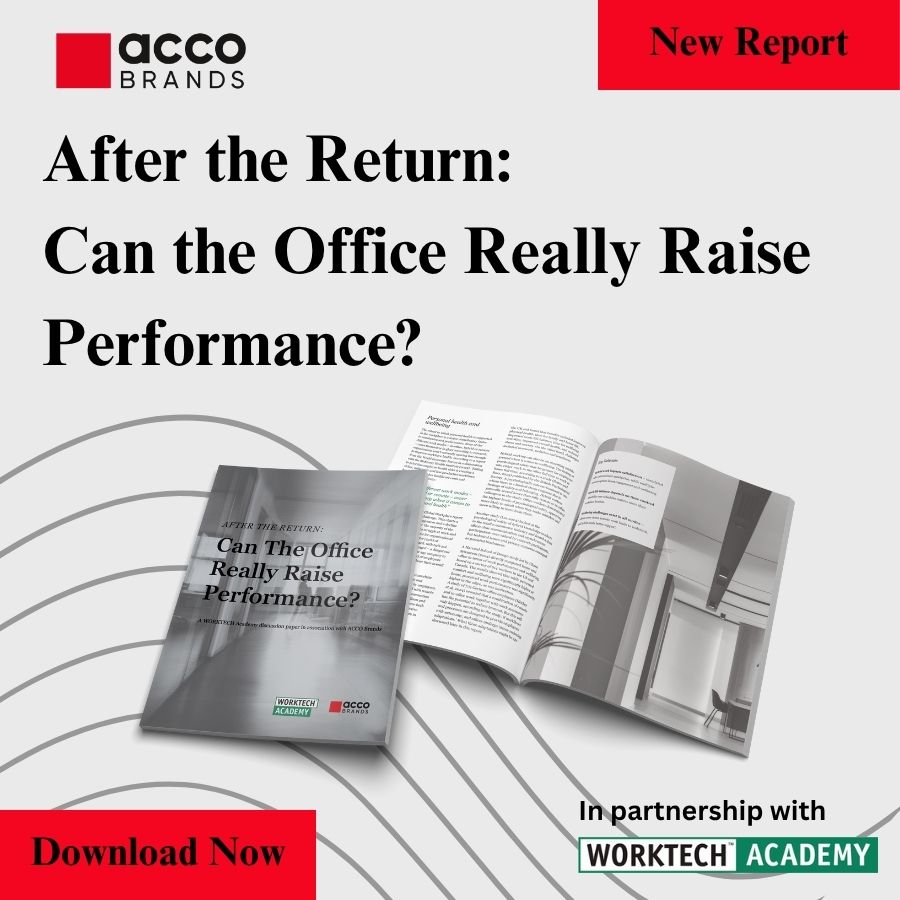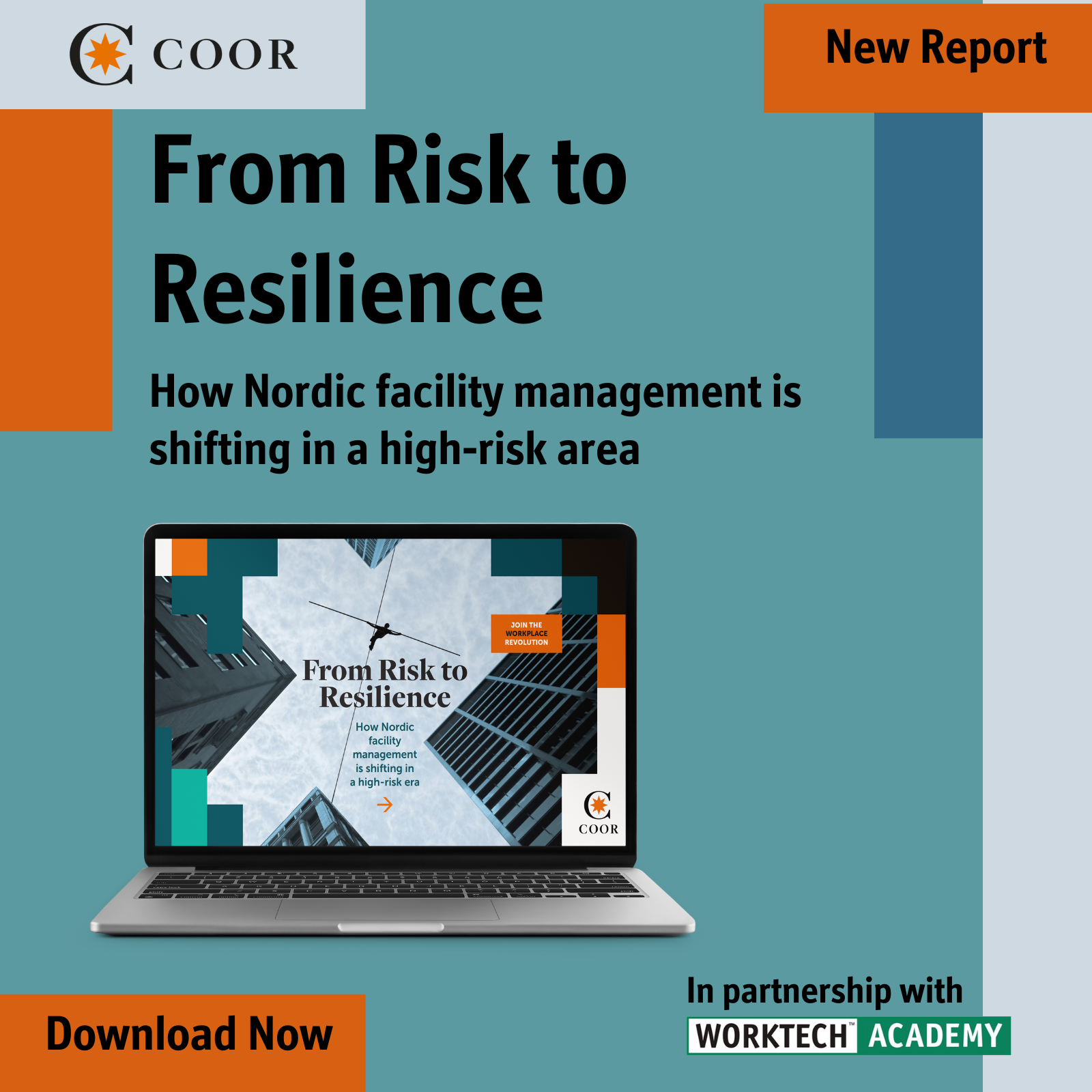From structured choice to strategic harmony: redefining hybrid work
As firms balance economic pressure with employee agency, the emerging challenge is how to design workplace strategies that unite culture, connection and operational efficiency
In 2023, MovePlan explored the concept of ‘Structured Choice’, a model that balanced individual flexibility with organisational needs by formalising when teams come together in person. Fast forward to 2025, and the workplace landscape has evolved further. Economic pressures, talent shifts and maturing expectations mean we’re no longer just discussing how to structure choice; we’re now asking how to align company goals with employee needs so they work in harmony.
Structured choice or structured hybrid?
Structured Choice gave teams autonomy over their schedules, with agreed in-person collaboration days. Now, some organisations are leaning into ‘Structured Hybrid’, with more centralised, department-wide attendance. This model shifts the focus from individual flexibility to collective consistency.
But is it really one or the other? Increasingly, we see these models converging. Employers still want operational efficiency – making the most of office space and ensuring facilities are properly used – as well as needing to ensure that time spent in the office has purpose, all while aligned with business goals. Accountability, culture, knowledge and development are all areas that can become imbalanced without alignment to company-driven guidance and connection to the organisation, management and team. At the same time, employees want agency and purpose in how and where they work. Blending Structured Choice and Structured Hybrid offers a more realistic, sustainable way forward.
Purpose over preference
This evolution requires clarity of purpose. Workplace policies shouldn’t just dictate where people work, they should reflect what the organisation is trying to achieve. Whether it’s three days in-office or a full return – or even fully remote – people need to understand why a particular approach has been chosen and how it supports the company’s vision.
This in turn allows the benefits to employees to become clearer, helping foster support for the new working week format. Again, depending on the purpose of the approach, alignment across the business, teams and individuals is formed. For the business, it ensures that ways of working directly support strategic goals and client delivery. For teams, it builds clarity, consistency and stronger collaboration. For individuals, it provides purpose, a sense of belonging and a clear understanding of how their work contributes to the company’s overall vision and purpose.
When that purpose is clear, people are more likely to support it, even if it’s not their personal preference. In recent years, many policies were reactive and driven by short-term fears of losing talent. But today, with tightening job markets and increased competition, organisations need to shape strategies for the longer term, with one close eye on developing its culture to foster a more connected workforce evolved around a common goal. The key here is connecting those strategies to something employees understand and support.
Not everyone will buy into these changes, and that’s okay. A cohesive workplace focuses on attracting and retaining people who connect with the company’s direction. It means understanding the business’s ethos and goals and how the work that teams do supports the designing of policies that reflect that – all the while ensuring purpose and people meet.
Culture, connection and the human factor
Operational logic is vital, but culture remains a key non-negotiable. Mentoring, collaboration and the learning that comes from simply being around others rarely happens successfully through screen time alone. Human experiences don’t require a daily commute, 5 days a week, but they do require intentional in-person connection.
That’s why the office experience must be worth the journey in. An empty office on a Monday can drain morale. When people do come in, it should feel meaningful – a day for collaboration, connection or focused work with colleagues. Through implementing ways of working that are focused on providing the employee with Structured Choice, the autonomy over schedules and agreed in-person collaboration days will give each employee agency while realigning all to be working towards the same purpose.
Design for today’s realities
The physical workplace must evolve to support how people actually use it. Many organisations invested in collaborative spaces to encourage people back, but in some cases, this came at the cost of quiet zones for deep, more thoughtful work.
We’re now seeing a renewed focus on balanced design. That might include reintroducing assigned desks for regular office users or offering better focus areas to support productivity. It’s not just about function, it’s about fostering a sense of belonging. But design should always follow strategy: define how people work, then create a space that supports it.
Avoiding the pendulum swing
Post-Covid, the pendulum swung toward employee preference. Now, with economic pressure, it has swung the other way. But extremes rarely serve the long term. There can be a middle ground. Once again, it comes back to aligning strategic direction with common purpose, to achieve the goals for the overall success of the business. This in turn can start to foster a feeling of individual success and satisfaction in their work – and a reinforcing cycle.
Every company has its own DNA. Reacting to short-term trends with broad-brush policies can be risky. The most resilient approach is to stay focused on what works for your business’s unique culture, values and goals.
Circumstances will change and people’s needs will shift. Structured Choice, when done right and aligns purpose with people, allows both organisations and individuals to adapt, without losing alignment or falling into reactive decision-making. The future of work is not about choosing between Structured Choice and Structured Hybrid. It’s about achieving strategic harmony, developing a workplace strategy that supports business goals while valuing the people who bring those goals to life.
We all work for our company’s success, but the company we work for should also work for us. When that balance is right, everyone wins.
 Suki Reilly is the Managing Director for MovePlan. She is an expert workplace change. Having designed workplace strategies for three decades, and with a Masters in Commercial Real Estate (MCR.w), Suki has deep experience in move and change management, and an unrivalled view on the future of the workplace.
Suki Reilly is the Managing Director for MovePlan. She is an expert workplace change. Having designed workplace strategies for three decades, and with a Masters in Commercial Real Estate (MCR.w), Suki has deep experience in move and change management, and an unrivalled view on the future of the workplace.







